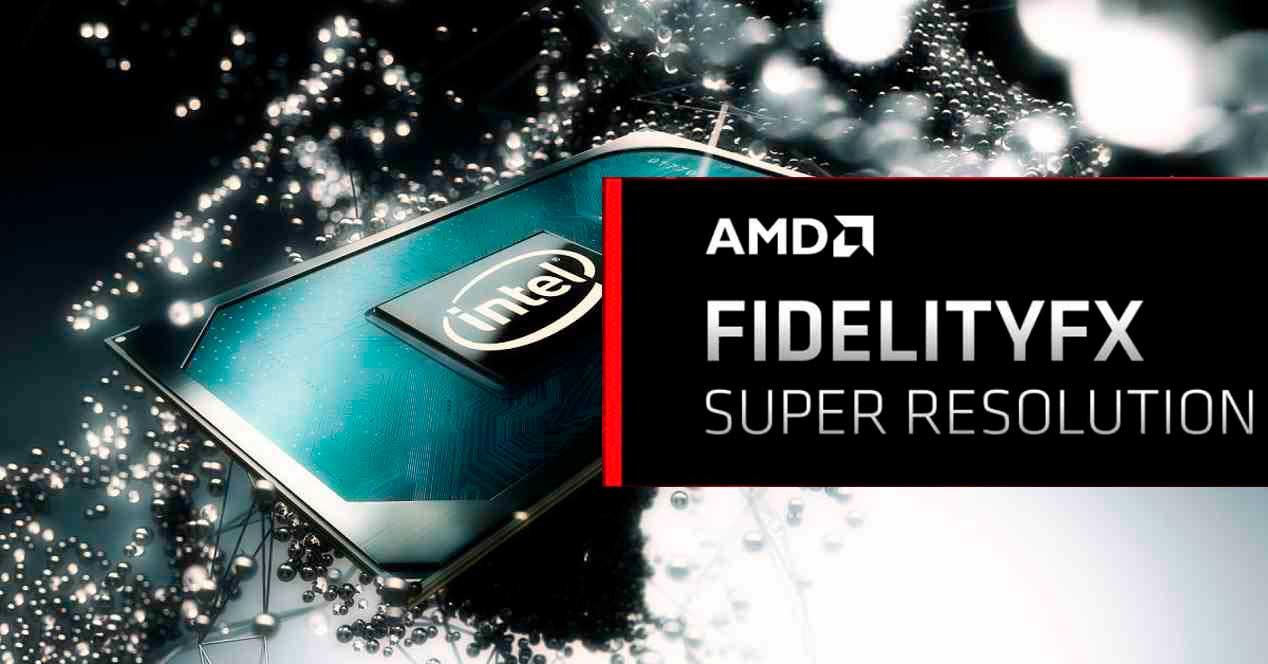One of the biggest advantages of AMD’s automatic super-resolution algorithm is that, by its nature, it’s compatible with all GPUs. Not only with those included in your graphics cards, but also with those of the competition. How do they benefit from it? AMD FSR 2.0 Intel Integrated Graphics Card? Well, in a way that very pleasantly surprised us.
NVIDIA’s DLSS and AMD’s FSR have the same goal, but they are based on two different philosophies. While the GeForce algorithm is designed to take advantage of the Tensor units of NVIDIA GPUs. AMD’s solution instead uses computer shader programs that can be run on any graphics card. If we add to this that it is not necessary to train the algorithm, then we have that FidelityFX Super Resolution has an advantage: it is compatible with all games with very few changes.
It is therefore gradually becoming a standard from which many games benefit. Since by nature it works on graphics card of any brand and therefore any user can enjoy it. Of course, no one until now had dared to try the algorithm with the least powerful GPU on the market. We’re talking about the iGPU inside the Intel Core.
This is AMD FSR 2.0 performance on Intel Integrated Graphics
At the moment, only Arkane’s classic, Deathloop, is the only game that uses FidelityFX Super Resolution in its second version. Although it requires more power to run than the first version of the algorithm, the improvement is noticeable. And it is that it is close and in many cases equal to the quality obtained by DLSS 2.0. Of course, AMD recommends a minimum power level. But what if the algorithm is tested on a very modest graph?
We now know that the less greedy graphics cards are those that the blue brand has integrated into its processors. How does FSR 2.0 work on Intel Integrated Graphics? To do this, the folks at Tom’s Hardware ran Deathloop with FSR 2.0


As you can see there is an improvement of a few more frames per second. Of course, we’re talking about running the game at 720P output resolution and very low graphics options. We wonder if the image quality will be greatly affected in the process. Well, as you can see in the charts above these lines. In both cases, one more frame is obtained. But not much, let’s not forget that this type of algorithms have the paradox that if they save energy, at the same time they become more efficient as the computing capacity of the graphics card increases.








